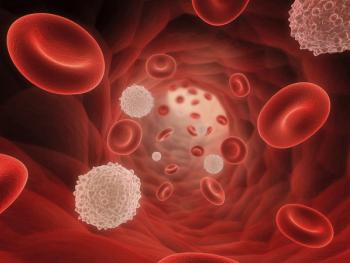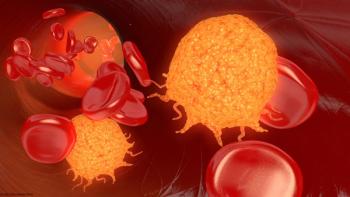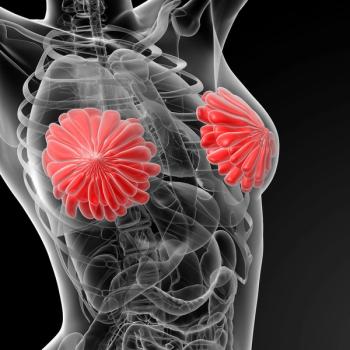
Oncology NEWS International
- Oncology NEWS International Vol 7 No 11
- Volume 7
- Issue 11
Families Share Pleasure and Pain at The March
WASHINGTON--It wasn’t all rhetoric and oration at The March. It was also a time for reflection on loved ones lost and hope for the future; a time to celebrate survivorship and bond in a way only survivors understand; a time to learn more about cancer
WASHINGTON--It wasnt all rhetoric and oration at The March. It was also a time for reflection on loved ones lost and hope for the future; a time to celebrate survivorship and bond in a way only survivors understand; a time to learn more about cancer.
In a three-block-long part of the National Mall, people wandered from booth to booth and event to event; children played; celebrities such as model Cindy Crawford and football great Roosevelt (Rosey) Grier mingled with the crowd; dancers, singers, and musicians performed; and people remembered.
The Childrens Cancer Awareness Project unveiled its Childrens Cancer Quilt, more than 40 panels made up of individual 8.5-in × 8.5-in squares. The idea originated with Tracey Clark of Columbia, Md, and Kathy Cales of Manning, SC--both mothers of a child with cancer--to call attention to childhood cancers. Each quilt square, assembled by a parent, sibling, relative, or friend, stands "for a child who has been diagnosed with cancer and his or her fight to stay alive," the project organizers said.
At the Wall of Courage, people displayed mementos for those living and dead whose lives have been touched by cancer. Drawings, poems, and artificial and real flowers were hung in one of the most popular attractions at The March.
While children attended soccer and basketball clinics, frolicked with clowns, and negotiated an obstacle course, adults attended 2-hour-plus sessions of a public forum sponsored by the American Association for Cancer Research (AACR) where experts--including Martin D. Abeloff, MD, director of the Johns Hopkins Oncology Center, and NCI director Richard D. Klausner, MD--discussed recent cancer advances and fielded questions from the audience.
At some 100 booths along the Mall, people obtained information on specific cancers and nutrition from advocacy and support groups; learned about advances in chemotherapy from pharmaceutical firms; and heard about complementary wellness therapies, including yoga and massage therapy.
Even during the rally, people roamed the booths and displays, listening to speakers over powerful amplifiers and watching them on giant TV screens.
Articles in this issue
about 27 years ago
Vinorelbine/Cisplatin Improves Survival In Advanced NSCLCabout 27 years ago
Centers Selected for STAR, Study of Tamoxifen and Raloxifeneabout 27 years ago
HDC/PBSC for Advanced Breast Cancer Debatedabout 27 years ago
New Programs Aim to Improve Home Care Servicesabout 27 years ago
Breast Cancer Patients Sought for Study of Premature Menopauseabout 27 years ago
Study Update Shows Improved Survival With Anastrozoleabout 27 years ago
New Colon Cancer Mouse Model First to Mimic Human Diseaseabout 27 years ago
Best Use of Breast Cancer Genetics Presents Clinical Challengeabout 27 years ago
Panel Lists 13 Areas for Emphasis in NCI Breast Cancer Researchabout 27 years ago
NCI Urged to Seize Opportunity for Prostate Cancer ResearchNewsletter
Stay up to date on recent advances in the multidisciplinary approach to cancer.

















































































